page 3
~ The Study of Threes ~
| 1 | 2 | 3 | 4 | 5 |
| 6 | 7 | 8 | 9 | 10 |
Researchers as of 3/17/2021
Another reference to the topic of "fusion" is seen in the development of the infant skeleton into an adult one. The adult skeleton is said to have 206 bones, and depending on what article you read, descriptions between 275 and 350 bones or "parts" might be found. These "parts" are typically referred to as cartilage which is a stage in the development of bones. The larger quantity of infant bones decreases due to different fusions. Let us take a few moments to review bone development:
|
Osteogenesis: The Development of Bones There are three distinct lineages that generate the skeleton:
There are two major modes of bone formation, or Osteogenesis, and both involve the transformation of a preexisting mesenchymal tissue into bone tissue. The direct conversion of mesenchymal tissue into bone is called Intramembranous ossification. This process occurs primarily in the bones of the skull. In other cases, the mesenchymal cells differentiate into cartilage, and this cartilage is later replaced by bone. The process by which a cartilage intermediate is formed and replaced by bone cells is called Endochondral ossification. Osteogenesis: The Development of Bones |
 The Skeletal System by Chris Haller |
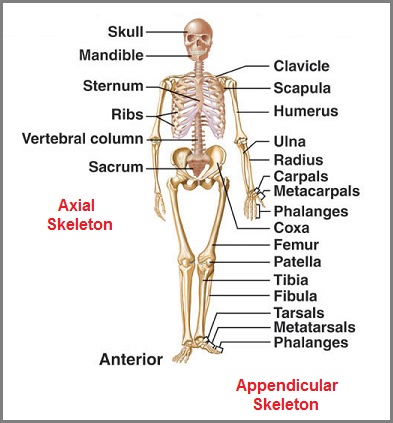
|
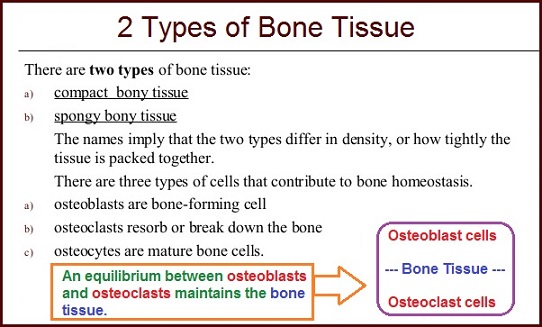 Skeletal System by Kym Anne Surmion II |
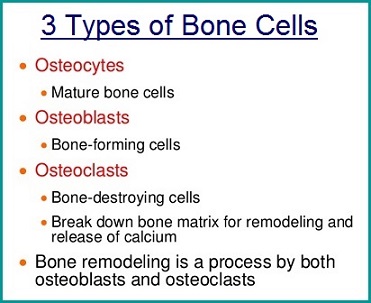 General Osteology by Dr. Jamil Anwar |
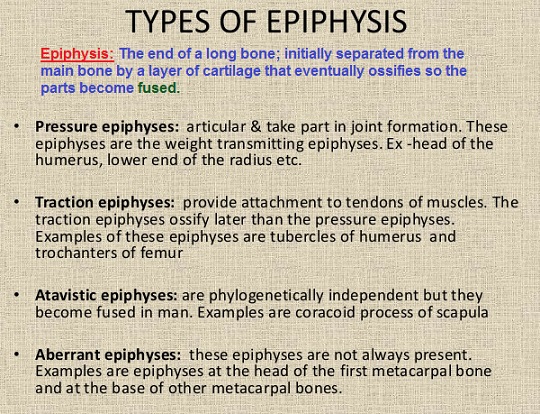 Osteochondritis of different bones by Pramod Govindraj |
Fracture healing occurs naturally after traumatic bony disruption. This process begins with hemorrhage and progresses through three stages:
Radiopedia: Fracture Healing Let us also consider alternative research orientations: |
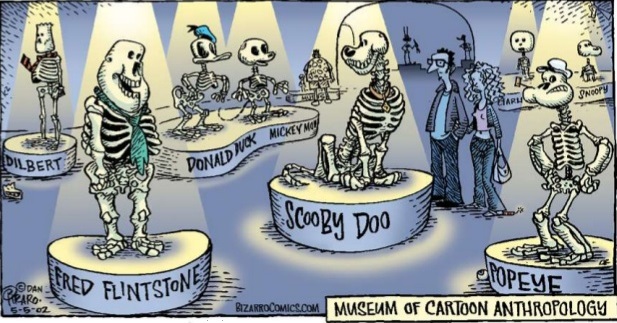
|
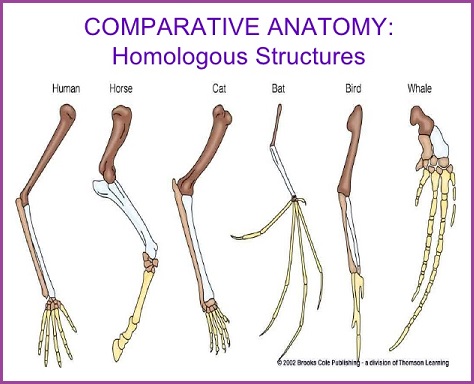 Comparative Anatomy: Homologous Structures |
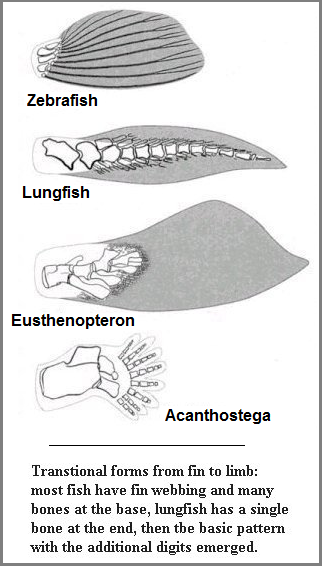 |
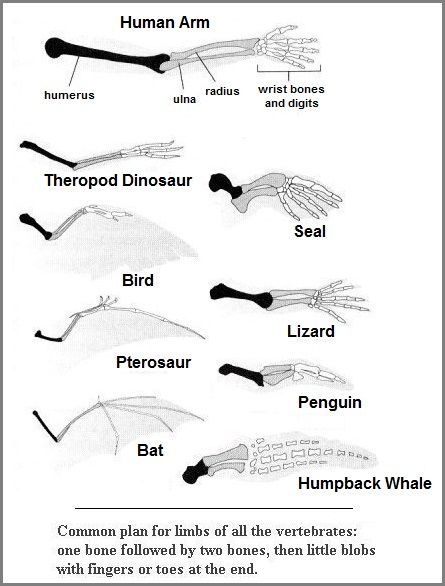 |
An interesting variant of research into appendages, is that loss of one (or more) might produce an after-effect noted as the phantom limb phenomena, characteristically considered as something involving nerves and the brain. While "phantom limb" typically is described as an experience involving pain... though other sensations might be described, they occur as an effect after the loss of a limb. However, using the word "loss" as a generalized indicator or operative, other sensations are felt with respect to the loss of a loved one who has died, loss of a drum which has produced a physiological dependence, or departure of something such as a bright light... etc... We might also describe "birth trauma" as the loss of an environment one has experienced for roughly nine months during gestation... just as we not changes in the mood of some people who undergo the loss of a particular season. If we stretch our considerations, we might want to suggest that humanity variously experiences "shadows" of ancient events, and perhaps some of us even re-experience them in dreams, nightmares, deja vu, and enigmatic impulses, inclinations, "tip of the tongue" sensations or feelings, etc... And though many have described phantom limb phenomena in terms related to nerve ending considerations, not all types of phantom limb or phantom organ, or phantom biological/physiological process necessarily needs nerves to created an enduring impression on the human psyche.
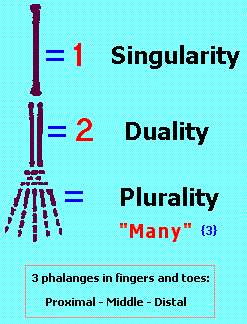
Let's take for example the realization that there is a 1, 2, 3 and sometimes fusion occurrence with developmental biology (such as the three Germ layers from which different body parts arise, or the DNA/RNA/Protein triads involving triplet codings and the primary-secondary-tertiary... quaternary ensemble). The fact that we can see a recurring one-? two? three sequencing such as in the formula of one-two-many as illustrated in the accompanying image, and that the third position also portrays a "fanned-out appearance", suggests the recurrence may be a type of "phantom limb" process from a distant past. Not only should we look at the "three" pattern, but the multiplicity of the third position in a fan-like portrait. If we permit ourselves the imaginative license of comparing multiple variants of "fan" images, another type of comparative anatomy occurs... though "comparative anatomy" is most often concerned with the study of vertebrate animals... and those straying from this confinement might well be viewed in terms that depreciates their sincere efforts in unconventional pursuits of research. Correlations are not always viewed as a conventional logic of accepted rationality... even though history provides multiple examples where unconventional ideas in one era become the mainstream perception in another
With respect to an alternative model of comparison... for example— the human hand (with spread fingers), a common seashell, a peacock's tail feathers display and tree foliage spread... as well as the expression "fan out" as a described behavioral strategy, are all representative of the same effect. Whether these correlations are meaningful in terms of conventional comparative anatomy or not, belies the fact that they are all biologically-based representations. If we were to include non-biological examples, one might include the "fan-like" display of a v-shaped engine, though there are linear forms (inline, horizontally opposed) and circular forms (airplane/radial)... despite the internal functions with reciprocation and linearalities (linear realities) such as crankshaft rods, push rods, and valves.
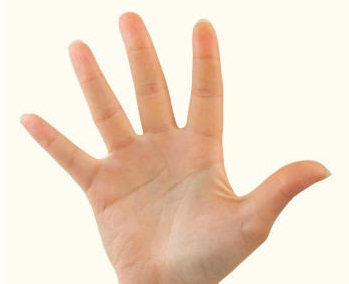 |
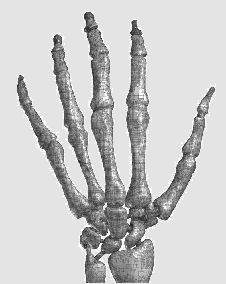 |
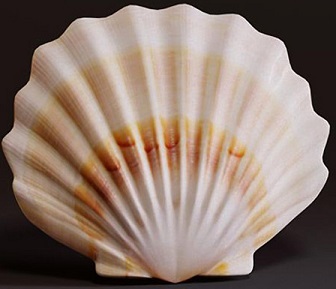 |
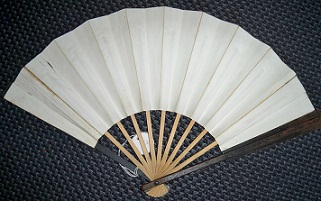 |
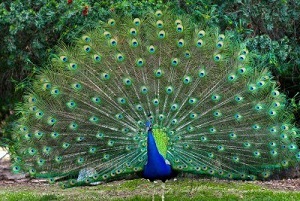 |
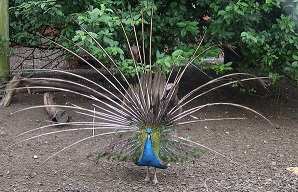 |
One might metaphorically suggest that the display of the feather stems is an after-image biological/behavioral effect that lingers like a phantom limb. However, the same might be said of tree branches devoid of their leaves. And interestingly, the same "fanned out" expression can be seen amongst most trees, in that there is no attempt by trees to produce a complete circle with roots above ground or foliage below ground, though both foliage and roots can take on a "circular-like" appearance as opposed to a linear or triangular configuration... though this might be the case (other than a linear tap root) in some circumstances if we were able to image the totality of a given root system. Nonetheless, the topic of trees when looking upon them in a comparative method, illustrates the three-patterned geometric formula of linear- circular- triangular, which is a series found in the three predominant types of cortex neurons.
If you view trees as if they were situated as a flat object on the canvas of a landscape painting or picture, the notion of a fan may or may not come to mind unless a tree was stripped of its leaves and the branches were viewed as out-stretched fingers... sort of an inverted image of multiple small hands as the rays of the Sun (god) holding the ankh in some ancient Egyptian illustrations and can be seen as a model for the "Y" strapping technique used to secure feet to sandals.
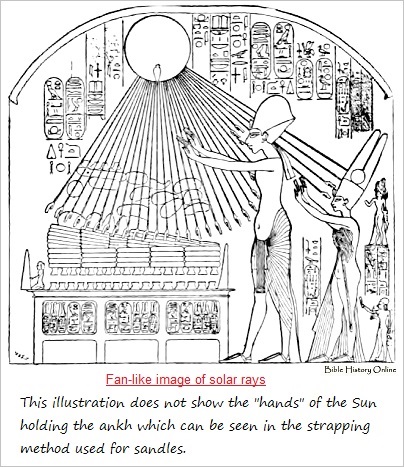 Solar rays look like a fan |
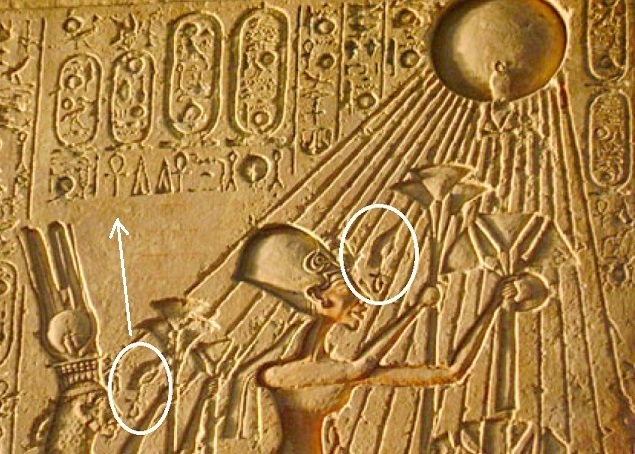 Solar hands holding the ankh symbol |
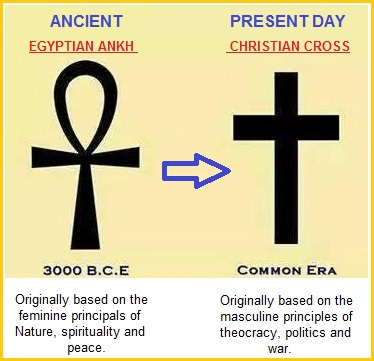 |
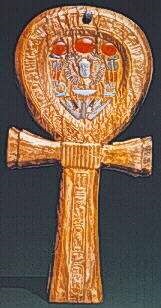 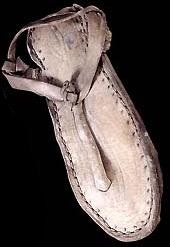 The strap looks like an Egyptian ankh symbol Did the Sun rays influence the design of the pyramid? |
|
Another example of the "fanning" display is seen in webbed feet, though the webbing may be obscured unless one looks closely by spreading toes apart. Interestingly, the "webbing" can alternatively be described as a joining or fusion and referred to as syndactylism: It (syndactylism) can affect any of the toes but the vast majority are the 2nd and 3rd toes. One or both feet may be involved although for 2-3 syndactyly, it is usually on both sides. Schizodactyly is a primate term for grasping and clinging with the second and third digit, instead of the thumb and second digit. Note: This Wikipedia reference page describes various forms of dactylism but does not comment on the information in a comparative philosophical approach detailing the presence of limitations. In other words, whereas we have a term describing "many" toes such as Polydactylyism, it is not set into the context of illustrating a conservation occurring with human thinking that represents the conservation of the "many" occurring events and effects in anatomy, biology, and physiology. In other words, there is not a recurring incidence of 47 fingers or toes, or a 199 codon code, or life forms with multiple heads, etc... There are limitations because the environment imposes limitations as part of an adaptive process in concert with the incremental deterioration of the Sun-Earth-Moon complex. By understanding the deterioration(s) we can come to better understand the levels and types of adaptation which can be described as coping rationalizations that are being used in an effort to maintain some semblance of equilibrium. Business, Political and Religious ideas are being used as "adjustable Rationalizations" to cope, to adapt with a deteriorating environment that is much more extensive than the pollutants created by humanity. |
Here are few images of webbed feet:
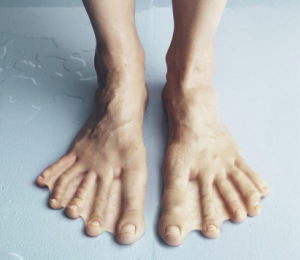 Engelsman in Afrika |
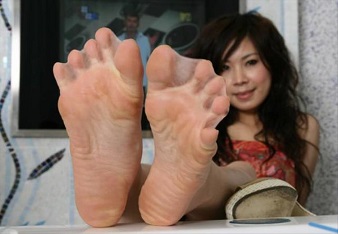 |
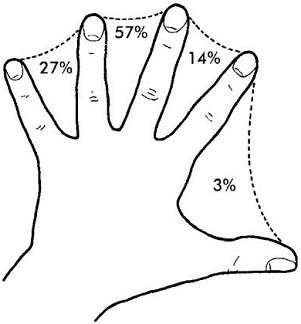 Figure 2 |
The distribution of webbing between the digits varies, and the incidence is shown in Figure 2. There is no known reason why over 50% of all webbing should occur between the long and ring fingers. It seems reasonable that its lowest occurrence should be between the thumb and index fingers because of their gross difference in lengths. This webbing between long and ring fingers is probably less common than a similar condition between the second and third toes. This unimportant anomaly is inherited as a dominant trait, but sporadic cases are more frequent. I was surprised to find that I have incomplete webbing between my second and third toes and have been delighted to find it to be extremely common in friends, acquaintances, and succeeding generations of residents. |
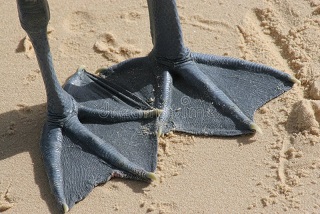 Webbed feet with similar toe lengths |
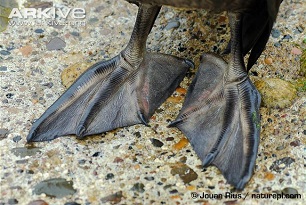 |
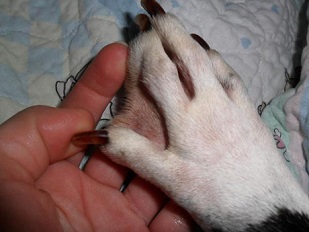 |
Water dogs usually have webbed feet. The webbing between their toes aids them in moving water faster, increasing the speed and strength of their stroke, and also allows them to close the toe area to decrease water resistance. The most well-known water-dog breeds are Newfoundlands, Labrador retrievers and Portuguese water dogs. Some dog breeds that also have webbing between their toes are Akitas, Brussels Griffons, Chesapeake Bay retrievers, golden retrievers, field Spaniels, German wire-haired pointers, German short-haired pointers, Irish water spaniels, wire-haired pointing Griffons, Nova Scotia duck-trolling retrievers, Weimaraner, red bone coon dogs, poodles and otter hounds. The webbed feet on water working dogs allows the animals to swim faster and more efficiently. |
(Table Continued on next page.)
Page initially created: Thursday, 10-August-2017... 4:49 AM
Initial Posting: Thursday, 07-Sept-2017... 5:18 PM
Updated Posting: Monday, 18th August, 2025... 7:12AM